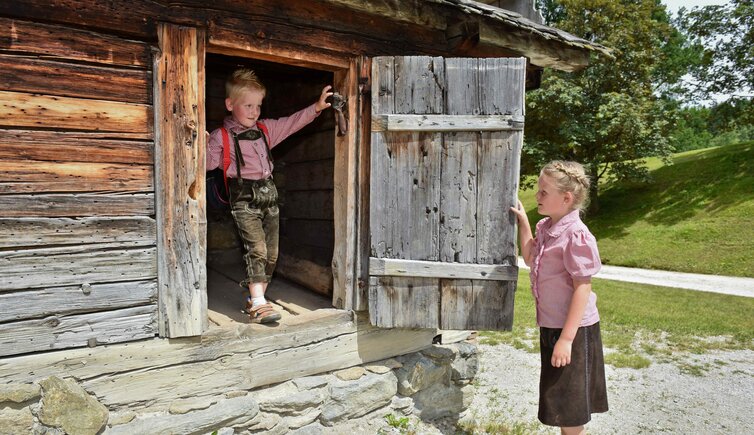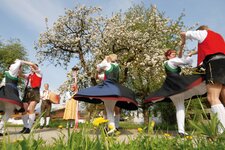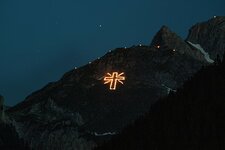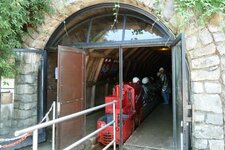The history of Tyrol dates back thousands of years and is characterised by many different chapters
Tyrol has already been settled for thousands of years, and the first settlers date back to around 10,000 BC. Around 4,000 BC however, these settlers were repalced by people living on the cultivation of land. Excavations in all parts of Tyrol as well as the famous Ice Man "Oetzi" are testimonies of those times. Romans did not regard Tyrol as important area of settlement. In fact, the only large Roman town is Aguntum close to Lienz in East Tyrol.
Nevertheless Romans recognised the strategic position of the piece of land and used Passo del Brennero as primary traffic route towards north. Romans used to benefit from their long-distance trade and had important Roman Roads been built, e.g. the Via Claudia Augusta.
With the collapse of the Roman Empire, Christianisation of Tyrol started, which still many churches and chapels all over Tyrol prove. Talking about the history of Tyrol, also mining has to be mentioned, as this branch was conducted already 4,000 BC. The golden age of mining was the 15th and 16th century, when Schwaz represented the Austrian metropolis of mining as well as the second largest city in the Habsburg empire. Brixlegg, however, was famous for copper mining. This golden age was followed by a period of time which was characterised by peasant uprisings and struggles for freedom, constituting an important chapter in the history of Tyrol.
With the execution of Andreas Hofer, who is still celebrated as national hero, this chapter has been closed bloodily. From 1814 to 1919 Tyrol was part of the Habsburg Empire. Tyrol was separated into a northern and southern part in 1919, after WWI. North and East Tyrol was assigned to the Republic of Austria, which was invaded by the Wehrmacht in 1938. South Tyrol became part of Italy and is still today. In the years following, a large number of Tyrolean citizens lost their lives in battles. However, the period of time after the end of WWII was characterised by reconstruction and redevelopment as well as economic revival.



















